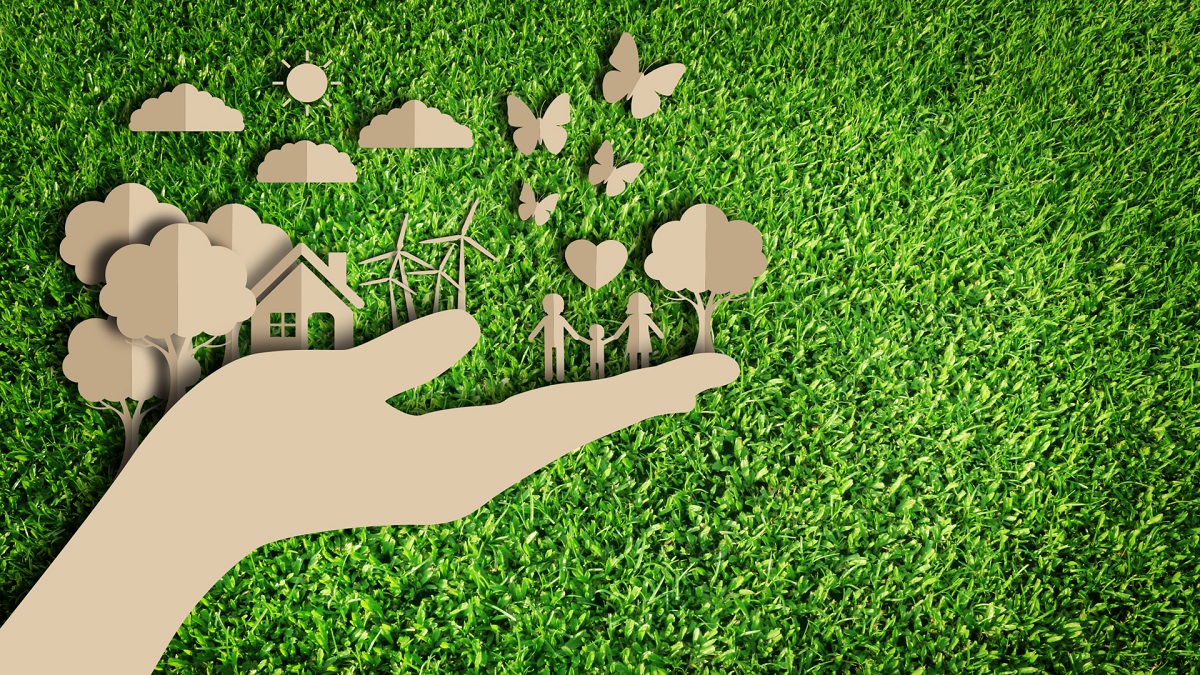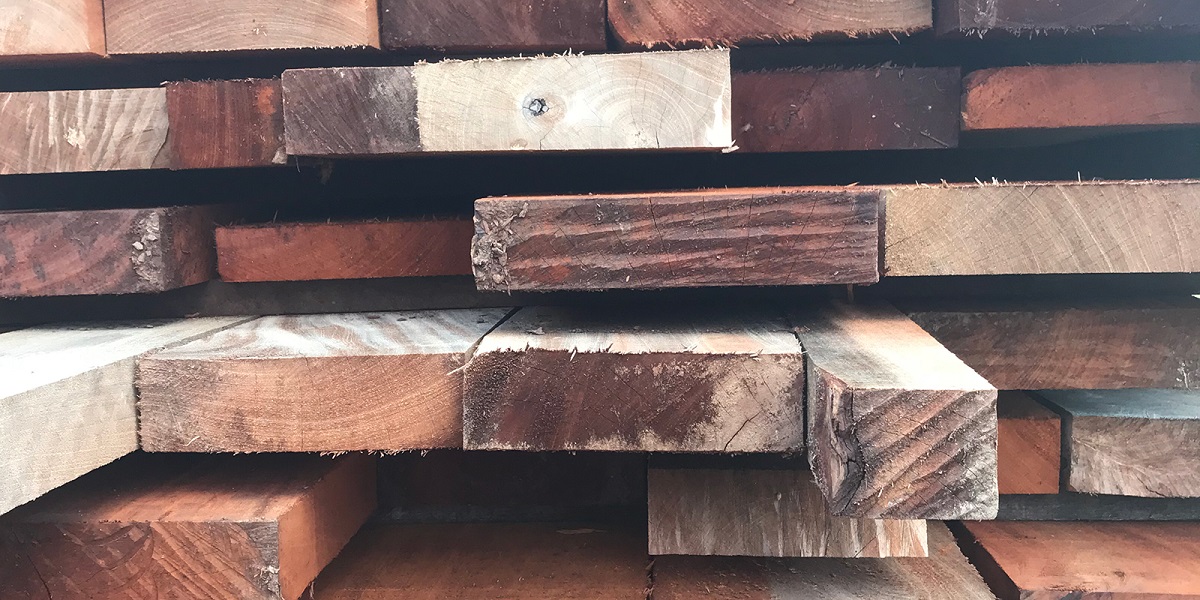
Today for any type of reform in housing and construction issues, this building is referred to as ecological materials. These are materials that have a lower impact on the environment both in their construction and in their use. However, many people are not well aware of the characteristics of ecological materials and their usefulness.
For this reason, we are going to dedicate this article to telling you everything you need to know about ecological materials, their characteristics and importance.
What are green materials

We can define ecological materials or ecomaterials as materials that represent an environmental improvement compared to conventional materials throughout their life cycle, after their manufacture, transport, installation and placement. These types of materials are becoming more and more important and play an important role in contemporary architecture.
The widespread use of green materials can significantly reduce the environmental impact of buildings, while increasing the recyclability of buildings. In addition, most of these materials contribute to the energy efficiency of buildings.
There is no universal and clear method to identify green materials. In fact, any material that presents at least one improvement from the environmental point of view with respect to conventional materials can be called an ecological material. For this reason, in various industries such as metallurgical, electronic, chemical or textile, they have been working tirelessly to develop materials that they call ecological, and now we have a variety of these materials that did not exist before. But if material ecology is so easy, how can we really know its environmental reach?
What conditions must be met?

Ecological materials must contribute to reducing the current environmental load throughout their life cycle, and to measure their contribution, a series of conditions must be met:
- Physically and chemically, green materials must represent an optimization of their non-green counterparts, have better properties and/or provide better technical performance.
- Throughout their life cycle, they must measure their impact on the environment and provide improvements where possible. All ecological materials should give us real information about it.
Green materials should significantly improve the environment over conventional materials. This can happen in 6 different ways:
- Use of “green” resources
- Different stages of use of new resources and recycling.
- Reduce the use of non-renewable resources.
- Replacement of non-renewable resources with well-managed natural resources.
- Increase the use of renewable resources.
- Minimal environmental impact during manufacturing.
- Reduce CO2 emissions from the manufacturing process.
- Improve production performance.
- Reduce energy consumption and the amount of resources in manufacturing, recycling and waste disposal.
- Avoid the need for a landfill.
- Productivity or efficiency when used.
- Improve the reuse and longevity of materials and products.
- Not contain harmful or dangerous substances.
- Reduce the use of hazardous or potentially hazardous substances.
- Establish a collection system for harmful chemical substances in used products.
- High recyclability.
- Increase the proportion of recycled resources.
- The environmental purification efficiency is high.
- Decontaminates volatile organic compounds (VOCs) from the environment.
- Eliminate harmful substances in polluted environments.
- Eliminate harmful substances in the smoke exhaust.
Not all of these conditions have to be met to be an eco-friendly material, but the more conditions that are met, the more certain we are that we are buying or using a genuine eco-friendly material.
What characteristics does it have?

We commented in the previous section that ecological materials must have properties superior to their more traditional counterparts, but what properties make ecomaterials stand out?
- Energy saving capacity during its life cycle.
- You can save resources consumed by manufacturing.
- Reuse is used to reuse the material in other materials with similar functions.
- This material can be recycled and reused as raw material.
- Chemically stable, its use will not undergo chemical degradation.
- The ability to use biosecurity without causing negative ecological impacts.
- The ability to replace similar materials with inferior properties.
- Ability to ensure a comfortable work environment.
- Cleaning capacity to separate, remove and detoxify contaminants during environmental treatment.
Why use ecological materials?
Like the definition, there is no official classification, but various authors have created their own over the years. Based on their work and considering the complete life cycle of materials, we can create a taxonomy of green materials in the context of sustainability:
By its origin
- circle material
- Recyclable material.
- renewable material.
- efficient stuff.
for its function
Protect the environment
- water treatment materials.
- Materials that reduce environmental impact.
- Those that are easily disposable and recyclable.
For society and human health
- Non-hazardous or non-hazardous material.
- Materials that reduce the impact on human health.
By energy
- Energy efficient materials.
- Materials for “green” energy.
Now that we have seen the variety of options that can be sold as organic material, we need to know how to quantify it and whether it is reliable. If we want to buy or use ecological materials in construction or restoration, and we want to make sure that we use products that are good for the environment, we can ask the manufacturer for the following information about their materials:
- CO2, SOx and NOx emissions.
- Consumption of energy and materials necessary for manufacturing, maintenance and subsequent recycling.
- Proportion of recycled material.
- Ecological footprint.
- Quantities and information on dangerous substances used and emitted.
- Energy and material efficiency in the consumption or use phase.
Checking all these data can be very laborious and complex for the less experienced, so They have created a series of seals and quality certificates designed to guarantee that the products we receive are ecological. There are hundreds of different seals depending on the type of material and the country of manufacture, it is impossible to know all the requirements.
As you can see, the use of ecological materials is becoming more and more popular due to the strong environmental impact that it has in the world of industry. I hope that with this information you can learn more about the different types of ecological materials that exist and what their characteristics and classification are.